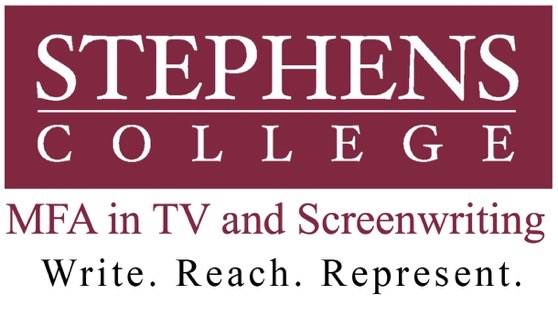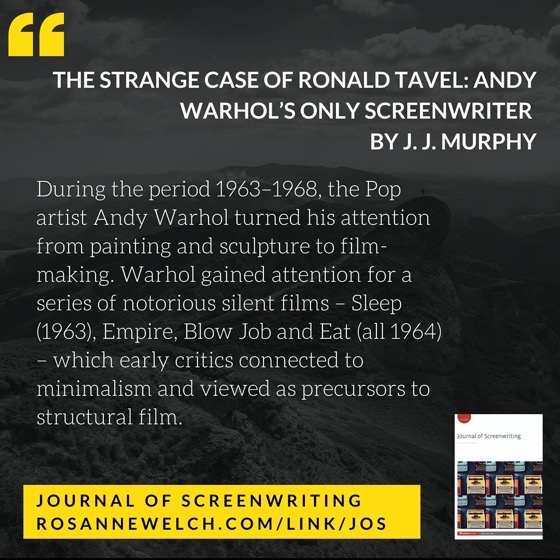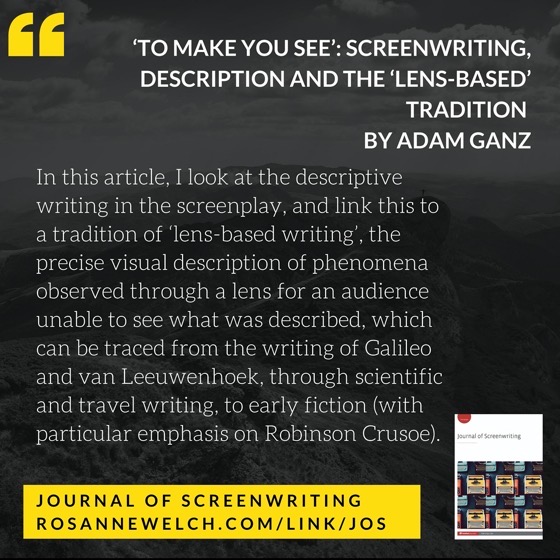Thanks to the gracious invitation from my Screenwriting Research Network colleague Paolo Russo – and a grant he was able to procure (and in the before-Covid time) I was able to spend a week at Oxford Brookes University working with the screenwriting masters students in Paolo’s course. At the culmination of the week, I gave this lecture on how writers rooms worked in the States.
Transcript:
Men — because they were mostly men — worked in writer’s pools. So you got a contract with the studio to be a Universal writer and then people who ran different shows — so they’d be just like in England is today — one guy, again generally a guy, who was in charge of the show and that person would go into the writer’s pool and say “Who’s free this week? I need an episode of…Generally, it was these kinds of shows. Columbo is still kind of famous today. The NBC Mystery Movie was like that. So they go I need a Columbo who’s got an idea and somebody would raise their hand and go “I’ve got an idea” and then they would write next week’s Columbo right? So they were in a pool of writers. Out of that pool came these men who were icons of the 80s and early 90s and it was because of their originality that they began to stand out and I really can’t stress that enough.
Watch this entire presentation
Subscribe to Rosanne’s Channel and receive notice of each new video!
* A portion of each sale from Amazon.com directly supports our blogs
** Many of these books may be available from your local library. Check it out!
† Available from the LA Public Library
Podcast: Play in new window | Download
Subscribe: RSS
![09 Studio Contract Writers from There And Back Again: Writing and Developing for American TV [Video] (46 seconds)](https://rosannewelch.com/wp-content/uploads/2021/02/rmw-oxford-brookes-09.png)





![47 More On Screenplays As Literature from Why Researching Screenwriters Has Always Mattered [Video] (51 seconds)](https://rosannewelch.com/wp-content/uploads/2021/02/rmw-sao-paolo-47.png)

![08 Monkees Writers and History from There And Back Again: Writing and Developing for American TV [Video] (1 minute)](https://rosannewelch.com/wp-content/uploads/2021/01/rmw-oxford-brookes-08.png)

